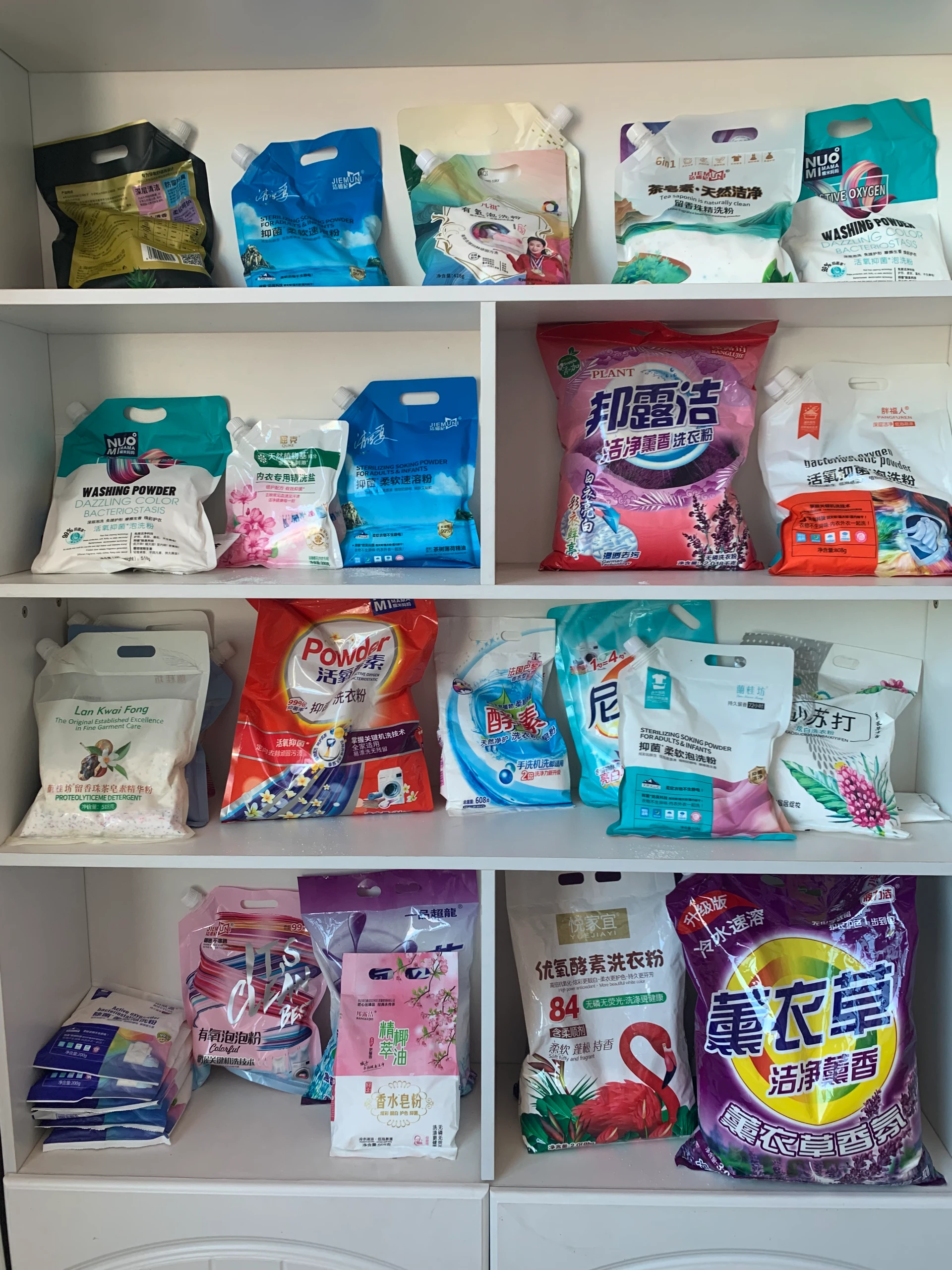



is sodium bisulfate the same as muriatic acid
Is Sodium Bisulfate the Same as Muriatic Acid?
When it comes to managing pool water chemistry, cleaning, and various industrial applications, sodium bisulfate and muriatic acid are two common substances often mentioned. However, despite their frequent interchangeability in casual conversation, they are distinct compounds with different chemical properties, uses, and safety considerations. This article aims to clarify the differences between sodium bisulfate and muriatic acid to help you make informed decisions regarding their use.
Chemical Composition and Properties
Sodium bisulfate (NaHSO4) is an inorganic compound that appears as a white, crystalline powder
. It is acidic due to the presence of sulfate ions and is commonly used as a pH reducer in swimming pools, laundry detergents, and as a cleaning agent in various industries.On the other hand, muriatic acid is a diluted solution of hydrochloric acid (HCl). It typically contains 20% hydrochloric acid and exhibits very strong acidic properties. Muriatic acid is often used for masonry cleaning, maintaining pool acidity, and removing stubborn stains. Its highly corrosive nature makes it effective but also necessitates careful handling and safety precautions.
Functionality and Use Cases
While both substances can lower pH levels in swimming pools, they do so through different mechanisms. Sodium bisulfate is a safer option for pool maintenance. It dissolves easily in water and can efficiently decrease the pH without introducing harsh fumes. This makes it appealing for residential pool owners who might feel uncomfortable handling more potent acids.
is sodium bisulfate the same as muriatic acid

In contrast, muriatic acid acts more aggressively on water pH and is often used in situations that require immediate action, such as correcting significantly high pH levels or alkalinity in large commercial pools. However, due to its potent nature, using muriatic acid requires specific safety precautions, including gloves and eye protection, and should be diluted properly before adding it to the pool.
Both sodium bisulfate and muriatic acid can lead to prolonged exposure risks. Sodium bisulfate can irritate the skin and eyes, although it is generally considered less hazardous than muriatic acid. Muriatic acid, with its strong corrosive properties, can cause severe burns and respiratory issues if inhaled. Thus, protective gear is essential when handling either substance, especially long periods of exposure.
Environmental Impact and Disposal
From an environmental standpoint, both sodium bisulfate and muriatic acid have specific disposal protocols. Sodium bisulfate is generally considered safer for the environment, as it can be neutralized more easily than muriatic acid. However, both chemical substances should never be disposed of down the drain without appropriate dilution or neutralization, as they can harm aquatic life and disturb local ecosystems.
Summary
In conclusion, sodium bisulfate and muriatic acid serve similar functions in adjusting pH levels but are significantly different in terms of composition, handling, and safety precautions. Sodium bisulfate is a user-friendly and safer alternative for pool owners, while muriatic acid is a powerful compound more suited for serious applications that require rapid pH adjustment. Understanding the differences between these two substances is crucial for anyone involved in pool maintenance, cleaning, or chemical handling. Always prioritize safety and environmental responsibility when working with chemicals, and consult with professionals when in doubt about the appropriate choice for your situation.
-
Why Sodium Persulfate Is Everywhere NowNewsJul.07,2025
-
Why Polyacrylamide Is in High DemandNewsJul.07,2025
-
Understanding Paint Chemicals and Their ApplicationsNewsJul.07,2025
-
Smart Use Of Mining ChemicalsNewsJul.07,2025
-
Practical Uses of Potassium MonopersulfateNewsJul.07,2025
-
Agrochemicals In Real FarmingNewsJul.07,2025
-
Sodium Chlorite Hot UsesNewsJul.01,2025










